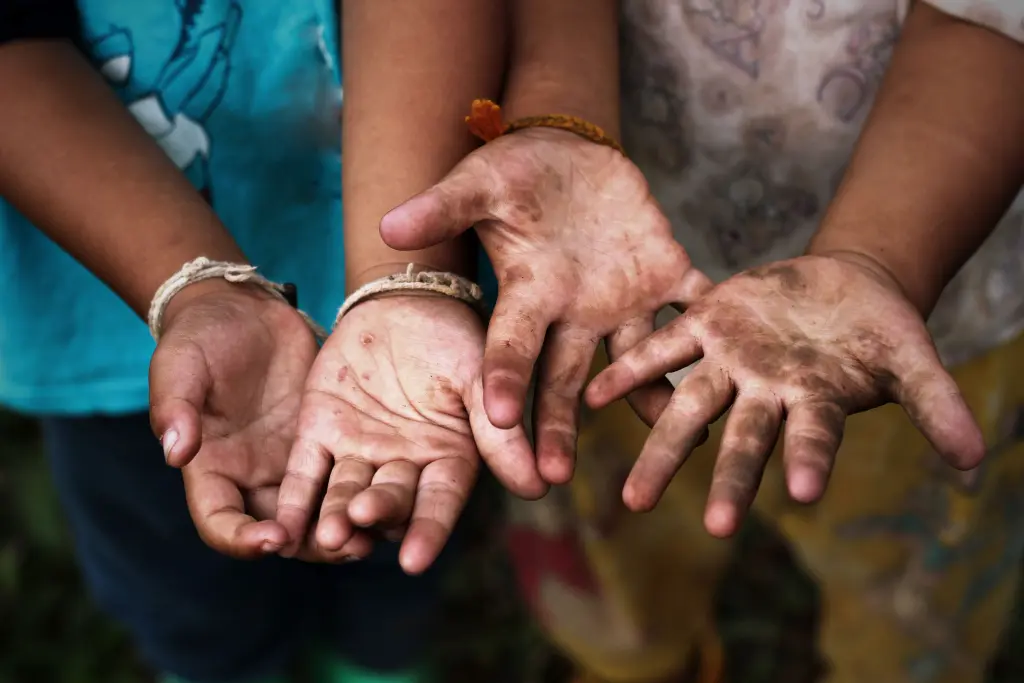U.S. Failure to Protect Immigrant Children from Labor Exploitation

With the upcoming presidential election in the United States, immigration has predictably resurfaced as a hot-button topic in the country. As always, much of the conversation revolves around the southern border and what is or isn’t being done to curtail entry. However, over the last year, another issue entered the immigration discussion, the use of immigrant child labor in factories across the United States. This topic garnished much attention with a series of New York Times articles reporting that many immigrant children were found to be working in hazardous conditions that violate U.S. child labor laws and undermine the United Nations’ Convention on the Rights of the Child.
On May 30, 2024, the U.S. Department of Labor filed a lawsuit against Hyundai and two other companies, alleging that they jointly employed a 13-year-old girl to work 50-60 hours per week on an assembly line operating machines that formed sheet metal into auto body parts. Most recently, on September 24, Justice at Work and Yale Law School’s Worker and Immigrant Rights Advocacy Clinic filed a complaint against Raw Seafoods Inc. on behalf of 3 migrant teens. Among the various allegations is that the teens were made to operate dangerous fish sorting machinery. These forms of employment of minors are in violation of the child labor provisions of the U.S. Fair Labor Standards Act (FLSA), which sets guidelines for employing minors, and states that those under the age of 18 are not to be employed in occupations deemed hazardous, such as power-driven metal forming and meat processing.
However, these types of violations go undetected and unreported because immigrant children are not adequately protected under the FLSA or existing immigration law. Most immigrant teens are unable to obtain work authorizations due to their immigration status, which can lead companies to hire them using inaccurate age information, thus exposing them to the types of hazardous occupations prohibited under the FLSA. In other cases, child workers are deliberately made to work night shifts when it is unlikely that auditors will come around and notice the violations.
Despite significant outcry when the exploitation of immigrant children entered the mainstream media, the topic has begun to fade in the news and immigration discussions. Additionally, it is important to emphasize the nuances behind immigrant child labor. Many immigrant children often must work to cover living expenses when living with families, or sponsors, who lack the financial resources to support them. These children, and sometimes their families, are ineligible for state and federal assistance programs due to their immigration status. Many children also have travel debts from their journey to the United States which can accrue significant interest if they are unable to pay as soon as they arrive. Furthermore, there are traffickers who prey on vulnerable children abroad with the intention of exploiting them for their labor.
Article Written By Emely Recinos
Sources:
29 C.F.R. § 570.50(e).
DEP’T OF LAB., US Department of Labor Files Complaint to Stop Hyundai Manufacturer, Partners from Using, Profiting from Oppressive Child Labor, Department of Labor (May 30, 2024), available at https://www.dol.gov/newsroom/releases/whd/whd20240530.
Will Sennott, Migrant teens sue Raw Seafoods, claiming child labor violations, THE NEW BEFORD LIGHT (Sept. 30, 2024), available at https://newbedfordlight.org/teens-sue-raw-seafoods-of-fall-river-claiming-claiming-child-labor-violations/.
Lorena Roque and Sapna Mehta, CLASP Federal Recommendations to Combat Child Labor, Center for Law and Social Policy, (March 7, 2024) available at https://www.clasp.org/publications/fact-sheet/clasp-federal-recommendations-to-combat-child-labor/, (last visited October 6, 2024).
You May Also Like
